Hidden Archives
A project by

Casa Lajolo

The archive is located inside an historic mansion, and it can be seen during the openings – with guided tours – on the last Sunday of every month from April to October. Tours’ times are from 10am to 1 pm and from 2pm to 6pm, with starting times every half hour. Booking is necessary, via email at info@casalajolo.it
www.casalajolo.it
Palazzo Mondo
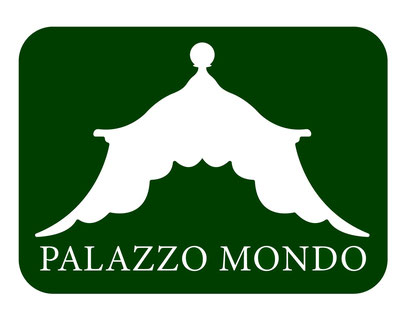
The archive in Palazzo Mondo will be open on the 6th and 7th of 2024. Tours’ times – posted on the website – are from 10am to 1 pm and from 2pm to 6pm. This may be subject to minor changes.
palazzomondo.jimdofree.com
Castello di Thiene
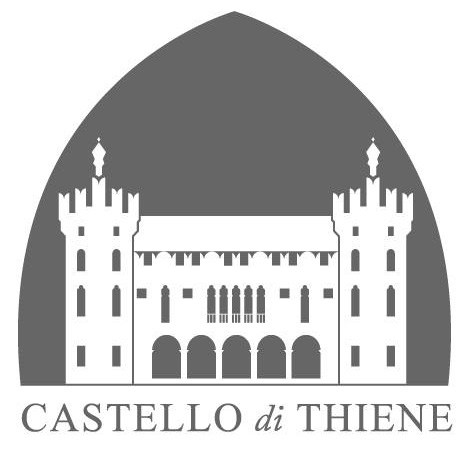
There is a special opening of the archive on the 23rd of March at 2.30pm and on the 2nd of June at 10.30am.
www.castellodithiene.com
Castello di Montoro

Archive’s openings are agreed upon requests.
www.castellodimontoro.com
Palazzo La Marmora
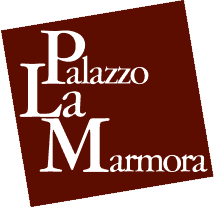
Archive’s openings are agreed upon requests.
www.palazzolamarmora.com
Palazzo Amarelli

Archive’s openings are agreed upon requests.
www.dimorestoricheitaliane.it/palazzo-amarelli/
www.amarelli.it
Villa de Claricini

The archive is accessible on request.
www.villadeclaricini.it
La Brunelde Casaforte d’Arcano

Archive’s openings are agreed upon requests.
www.labrunelde.it
Villa Muti Bussi

The archive is accessible on request.
www.villamutibussi.com
Castello di San Giorgio
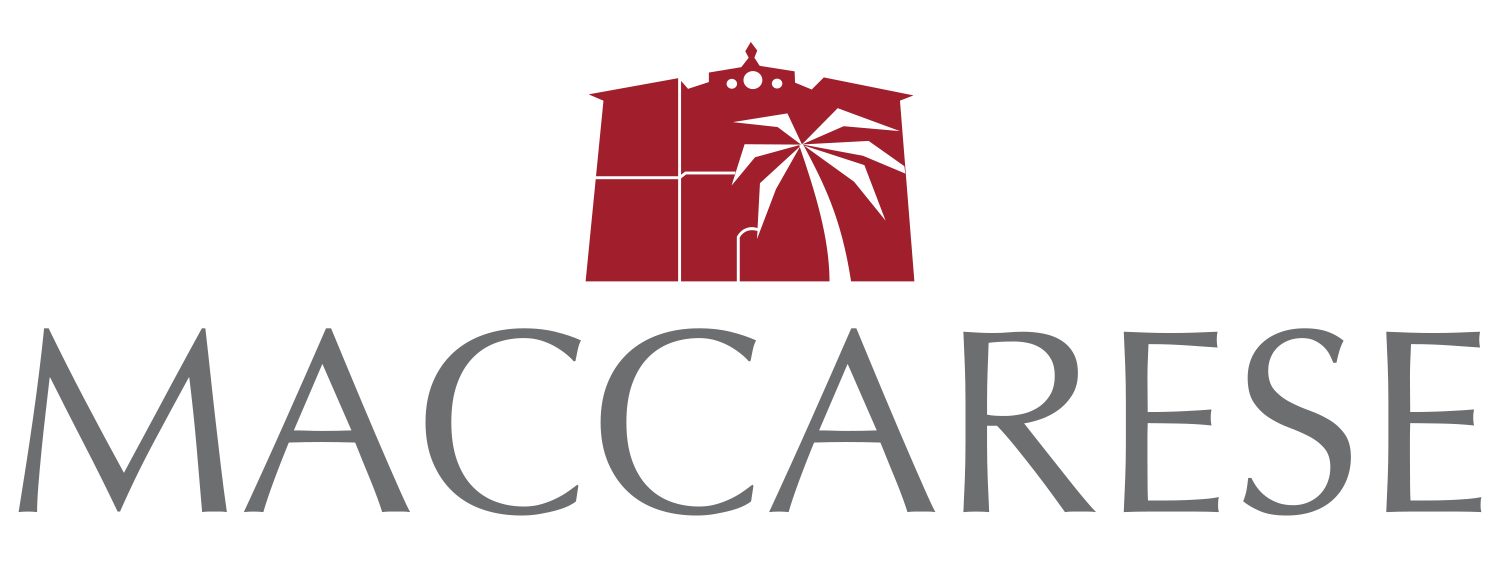
Appointment for consultation on request.
www.maccaresespa.com/archivio-storico/
Fondazioni Ranieri di Sorbello
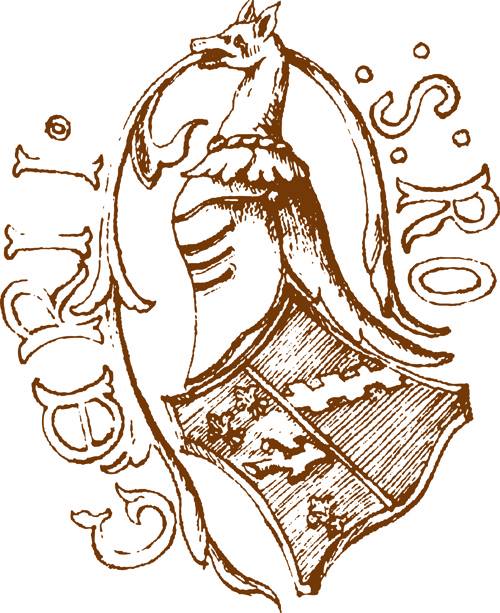
Open for consultations on Mondays between 9.30 am.-1.30 pm. and 4.00-7.00 pm. In order to arrange appointments in advance please contact biblioteca@fondazioneranieri.org and for guidance regarding documents of the archive please contact archivio@fondazioneranieri.org
www.fondazioneranieri.org/castello-di-sorbello/
The historical homes of Italy hold great significance as a vital component of the country’s cultural, architectural, and historical heritage. Furthermore, the archives, with their collection of documents, memoirs, and artistic assets, are an invaluable part of this treasure trove. To bolster the cultural sector and foster growth in the tourism and economic spheres, it is imperative to enhance the preservation and accessibility of these resources.
To establish a profitable relationship with these cultural resources, it’s crucial to analyze them in detail. In this regard, it’s necessary to examine the regulatory and fiscal regime of historical archives to offer a complete and coherent analysis of private historical archives in Italy.
Hidden Archives‘ main objective is to preserve and promote Italy’s cultural heritage by understanding and analyzing these valuable resources.
Step into our virtual exhibition and discover the insightful results of ADSI’s survey among its historical houses. This survey aimed to analyze the structure, state of preservation, levels of digitisation, accessibility, and regulatory and fiscal characteristics of family archives in private, historical residences across Italy.
With these findings, we hope to shed light on the importance of preserving our rich cultural heritage and encourage more support for the protection and digitization of these valuable archives.
Survey responses
(equivalent to 26,9%)
The findings of the annual survey revealed that a significant number of respondents, 27% of the total, have a family archive. Archives play a crucial role in preserving historical data for future generations and are often considered cultural institutions that provide access to invaluable records and artifacts.
However, archives face the challenge of balancing two different, but equally important missions:
- to ensure long-term preservation of documentation,
- to provide on-demand services for research, education, and entertainment.
While these two missions can sometimes conflict, it is crucial to find constructive solutions that enable archives to fulfill both of their goals effectively.
Type of asset with historical archive
The available data on the location of archives has provided us with useful insights. It indicates that the majority of archives are situated in four distinct types of listed historical houses. These include palaces (11.88%), villas (8.24%), castles (3.65%), and manors (1.41%). This information can be valuable in identifying and preserving historical sites and ensuring their accessibility to the public.
Percentage distribution of archives by size of municipality in which they are located
The questionnaire results reveal that archives are widely dispersed across municipalities of different population sizes, with almost one-third of archives located in villages with populations below 5,000. Historical villages have significant cultural, aesthetic, and environmental value and are responsible for promoting traditional culture. The survey also highlights that 43% of archives are situated within these villages, emphasizing the importance of preserving historical heritage for socioeconomic development.
Efficient preservation and management of these archives can significantly contribute to the growth of these villages and the larger communities they belong to.
Archive storage location
Archives are valuable resources for discovering our history, and they are found in diverse environments, including urban and rural areas. As each environment requires unique management methods, it is crucial to understand their location characteristics.
The survey has revealed that 85% of archives are located within historic dwellings, while the rest are situated in public archives, private institutions, or other premises. Among those archives located in dwellings, 56% are situated in urban abodes, 34% in rural properties, and 10% in specially equipped and protected rooms.
Archives digitized or being digitized
Digitalization can be a powerful tool to manage cultural heritage and mitigate the risks of natural disasters and climate change, while also engaging the public in the tangible history of our world. However, the implementation of digital preservation is a complex issue that requires significant resources, compliant organizations, strong management, and appropriately skilled staff. The challenges that archivists face in this regard are often overwhelming, as they are expected to provide solutions to problems that are outside their capabilities.
Nevertheless, the low percentage of archive owners who have digitized their archives presents an opportunity for improvement and collaboration. By pooling resources and expertise, we can work towards a more effective and sustainable approach to digital preservation that benefits everyone.
Applied for the facilities for the digital transition of cultural and creative organizations under the NRP?
Within the context of digitisation, and more specifically, the digital transition process, archive owners were also asked whether they had applied for the Digital Transition Facilities for Cultural and Creative Bodies (TOCC) provided by the Italian National Recovery and Resilience Plan (PNRR), with a deadline set for February 2023. Only 3.5% of the respondents states having submitted the application.
Type of document collection
Archives play a vital role in preserving and showcasing humanity’s social, intellectual, artistic, and spiritual achievements. In ADSI’s network, archives mostly store documents and memoirs related to family history, administrative records, correspondence, writings, and accounting documentation. However, archives also house property documentation, parchments, diplomatic and/or notarial documents, and photographs in high percentages. Other types of materials are present in fewer archives.
By preserving and providing access to these materials, archives help us understand and appreciate our history and culture better.
Average annual consultation of an archive
Notified archive
Total archives notified 75/229 (equivalent to 32,7%)
Non-notified archive
Italian historic homes have a rich heritage that can be enriched further by providing visitors with access to archives. The survey revealed a positive correlation between the possession of a notified archive and the request for its consultation. While the majority of respondents (58%) receive less than 5 requests per year, there are still people interested in consulting archives. Respondents also identified the channels employed to convey such requests, with the most commonly used being the Soprintendenza, followed by private internet users, universities, and local cultural associations.
By making archives more accessible and promoting their consultation, we can further enrich the heritage of Italian historic homes for generations to come.
Specific materials, tools or techniques provided for conservation
Preserving archives is a fundamental practice that ensures the longevity and survival of valuable historical records. To achieve this, it is crucial to be proactive in addressing potential threats, such as natural disasters like fires, floods, pollution, and earthquakes, which can significantly damage or even destroy entire collections.
The survey revealed that while 70% of archive owners have not implemented any specific preservation techniques, it presents an opportunity to raise awareness and educate them on the importance of implementing conservation measures. On the other hand, the remaining 30% of archive owners who have taken measures such as installing anti-theft devices and equipment for dehumidifying the environment are setting an excellent example for others to follow.
It is essential to continue encouraging and supporting such positive initiatives to ensure that archives are well-preserved and accessible for future generations.
Investment in conservation and restoration in the past 5 years
Only 39/229 owners (17%) have planned for this
The data presented in the chart below indicates that there is an opportunity for property owners who possess archives to invest more in the conservation and restoration of their assets. While 80% of property owners have initiated conservation or restoration activities in the last 5 years, they have only done so on less than 25% of their total assets. Only 5% of owners have allocated funds for maintaining or restoring over three-quarters of their assets contained in the historical archive, indicating that there is a significant opportunity for more investment in this area.
By properly investing in the conservation and restoration of their archives, property owners can help preserve valuable historical assets for future generations to enjoy.
Visit to the premises where the archive is stored
31.4% is the archives that can be visited
The survey focused on improving accessibility, particularly with regards to visiting archives. The survey asked owners of historic homes with archives whether visits to the premises where the archive is stored were allowed. The results of the survey shown that only 31.4% of archives are currently open to the public. However, there is room for improvement as the study found that only 6% of historic homes with accessible archives are currently open to the public. It is encouraging to note that homeowners who do not allow visits to the entire property but only to the premises where the archive is stored, constitute less than 1%.
There is an opportunity for historic homes to open their archives to the public, which would enable people to learn more about the history of these houses and their owners.
In the past 5 years, have any publications (scholarly or popular) of assets within the archive been produced?
As part of our efforts to help archive owners increase the visibility of their archives, we asked them about any scientific or informative publications made using their archive material over the last five years. We found that 31% of archive owners had already published archival material, with a further 3% planning to do so soon. While 50% of respondents did not have any plans for such publications, we believe that there is a great opportunity to increase the visibility of archives through publications.
We encourage archive owners to consider publishing archival material in the future to increase public awareness and interest in their archives.
Conclusions
This study is a significant milestone towards better understanding the status and role of historical archives in private historical residences in Italy. The findings shed light on several areas of improvement that need to be addressed to ensure that these priceless cultural treasures are preserved for future generations to enjoy.
The study highlights that a significant number of historic houses have archives, and rural communities play a vital role in preserving historical documents. However, a considerable portion of these archives remains undigitized, presenting both a challenge and an opportunity to integrate modern technological approaches with traditional preservation methods.
It is clear that there is an urgent need to harness technological advancements to bridge the digitization gap. With proper investment in digitization efforts, we can ensure the longevity and accessibility of these cultural treasures for future generations. By doing so, we will preserve our collective history and heritage and pass it on to future generations.
Download the Report
To download the complete report for free, click the button below.
Your feedback matters!
Take a few minutes to fill out the SOS Heritage feedback questionnaire and share your thoughts on this activity.
Your voice will help us improve and ensure SOS Heritage continues to be a valuable resource.